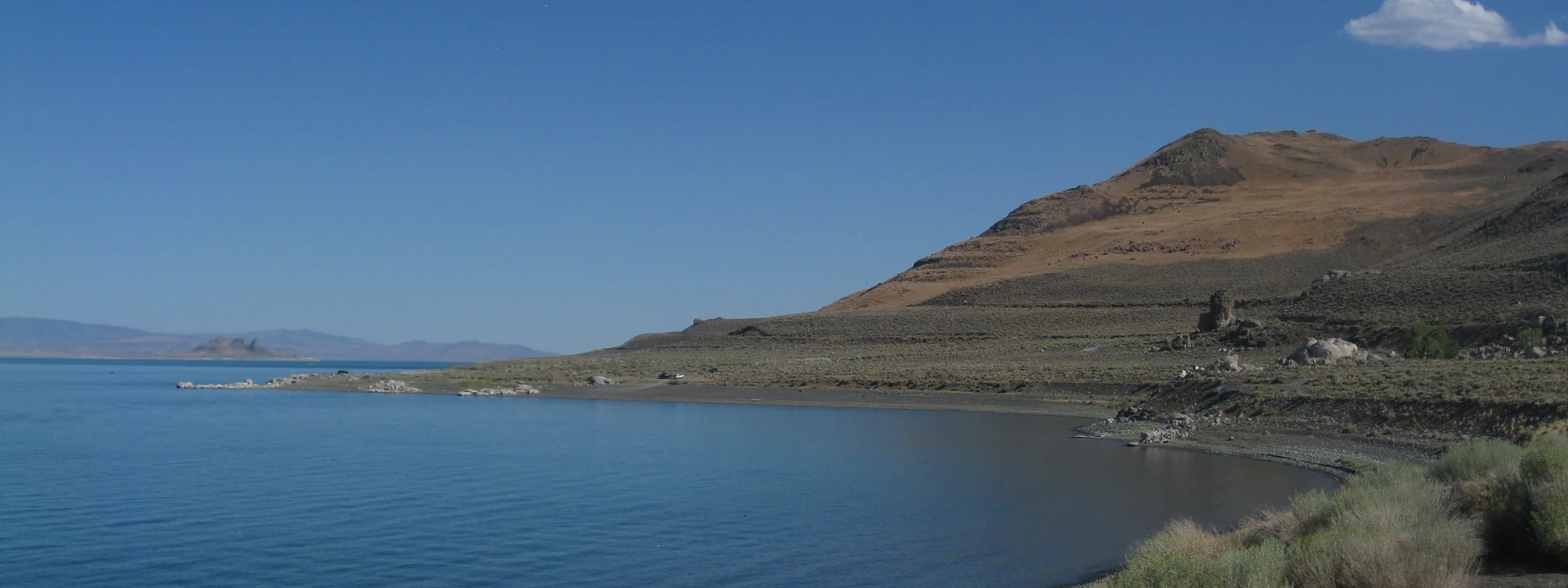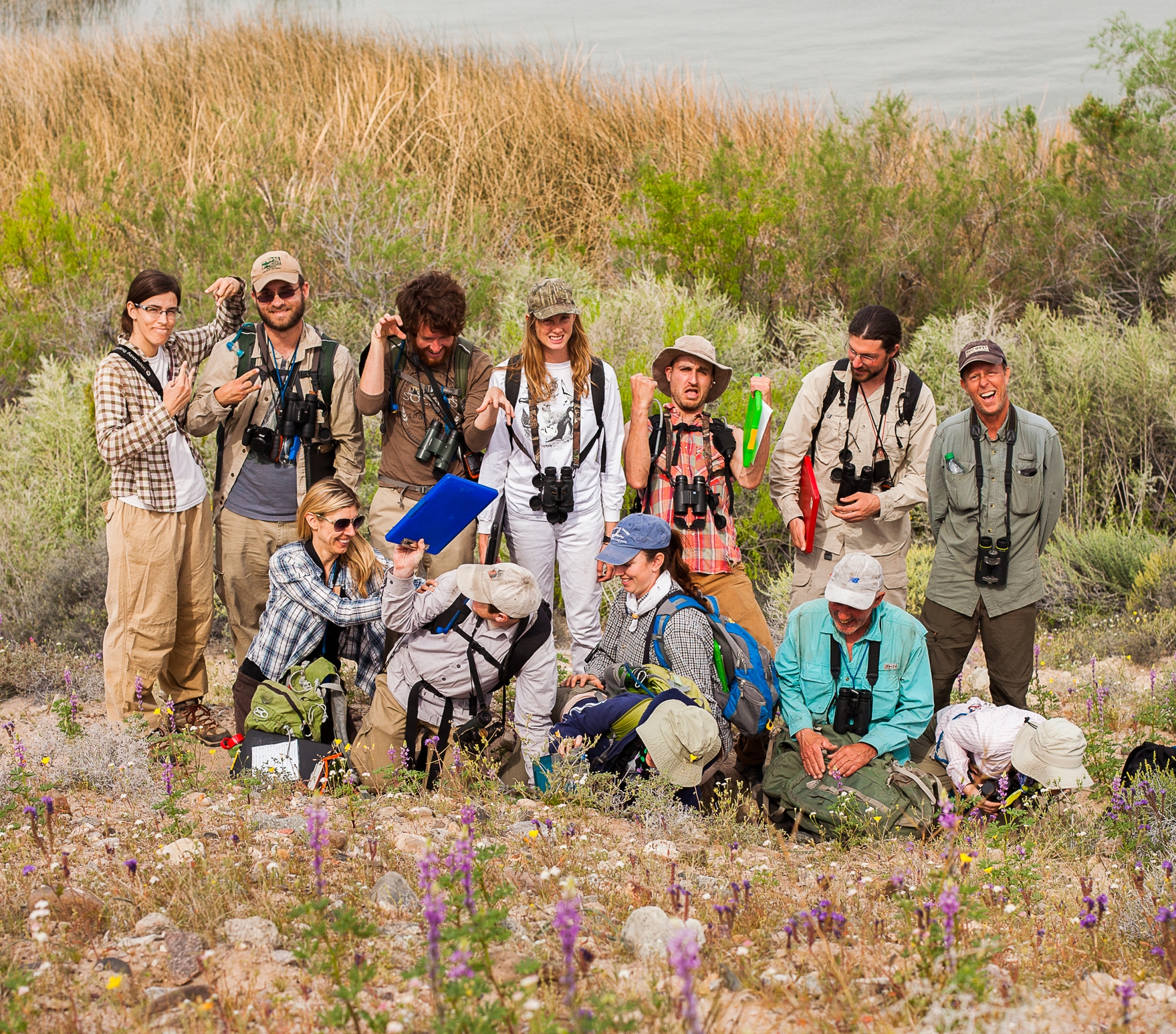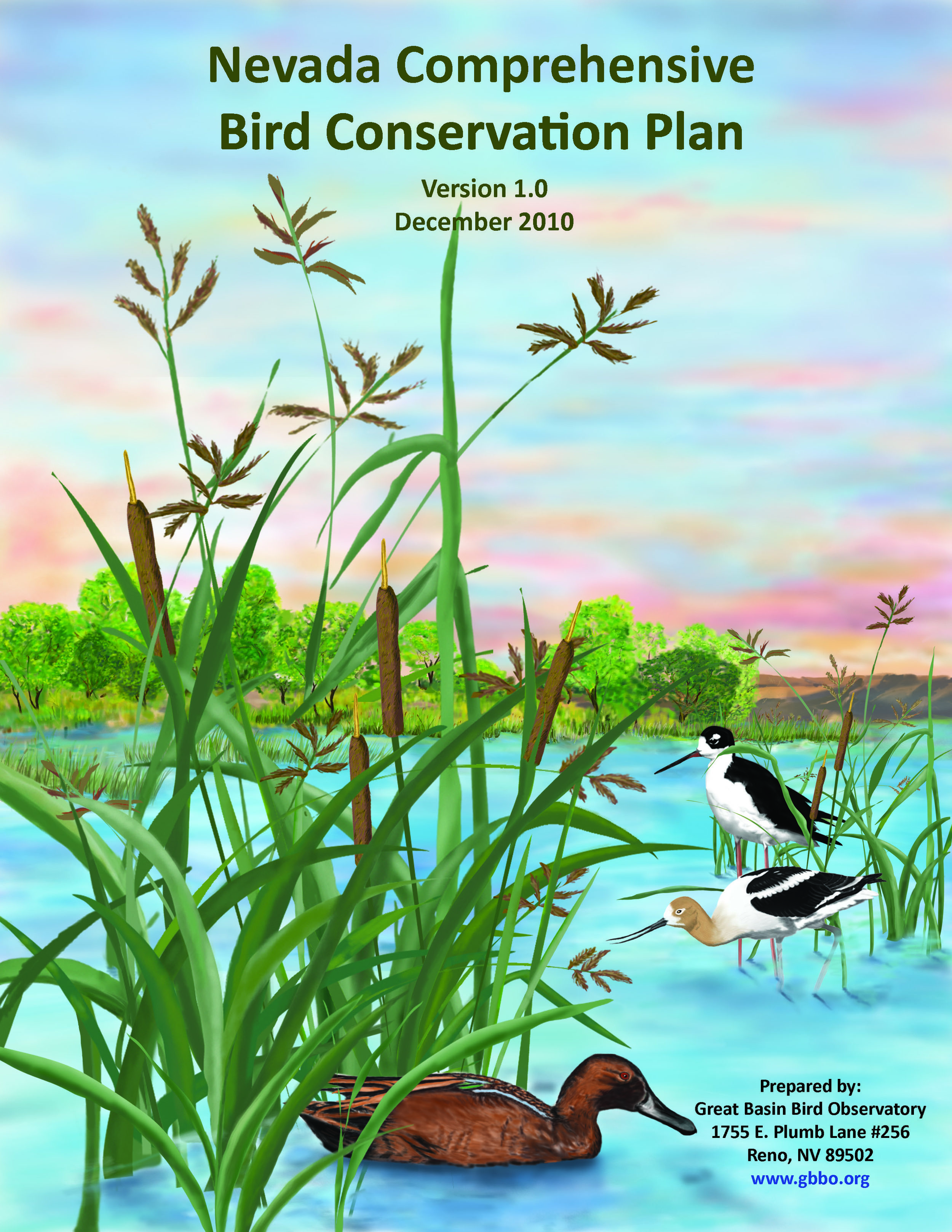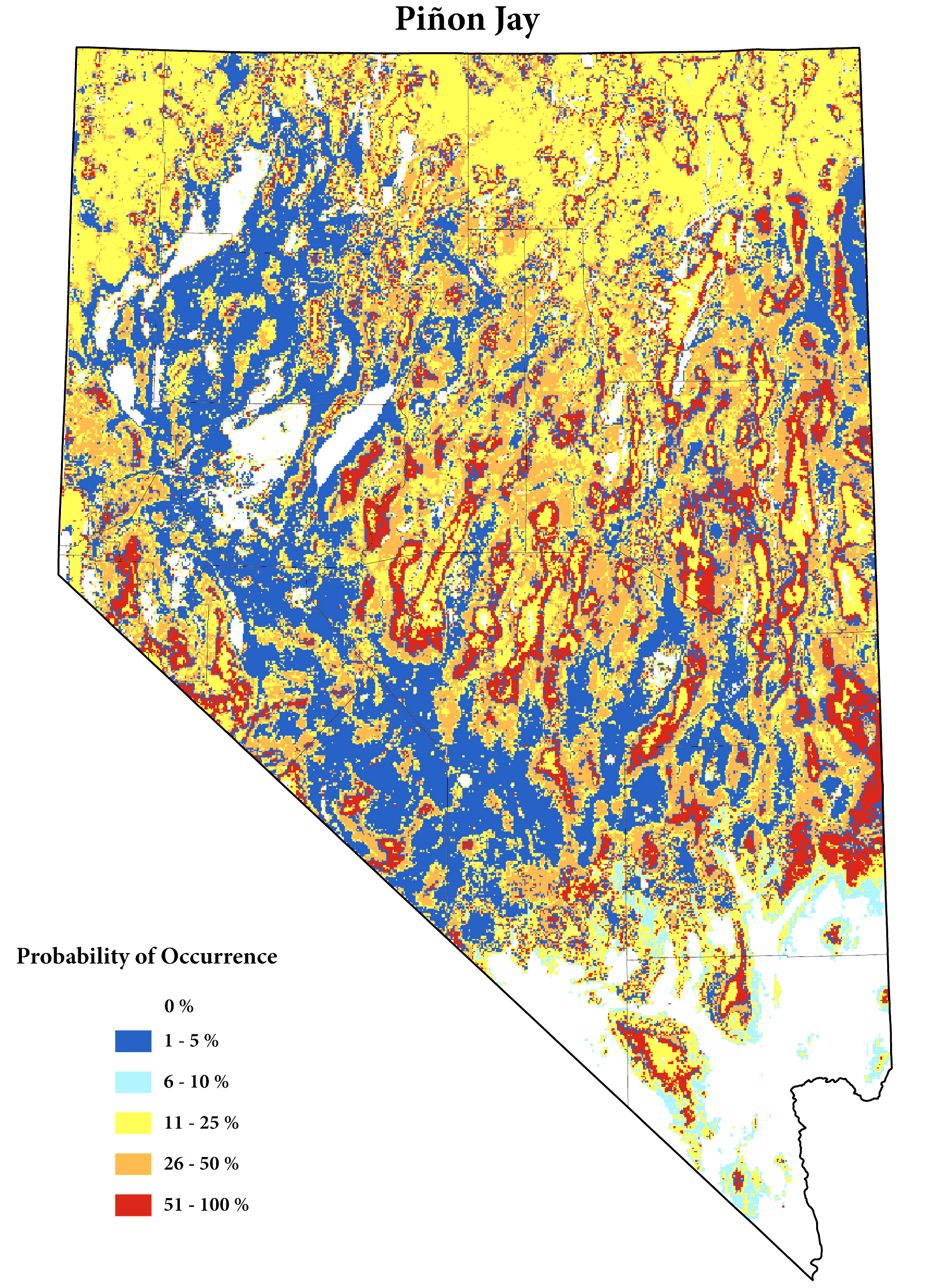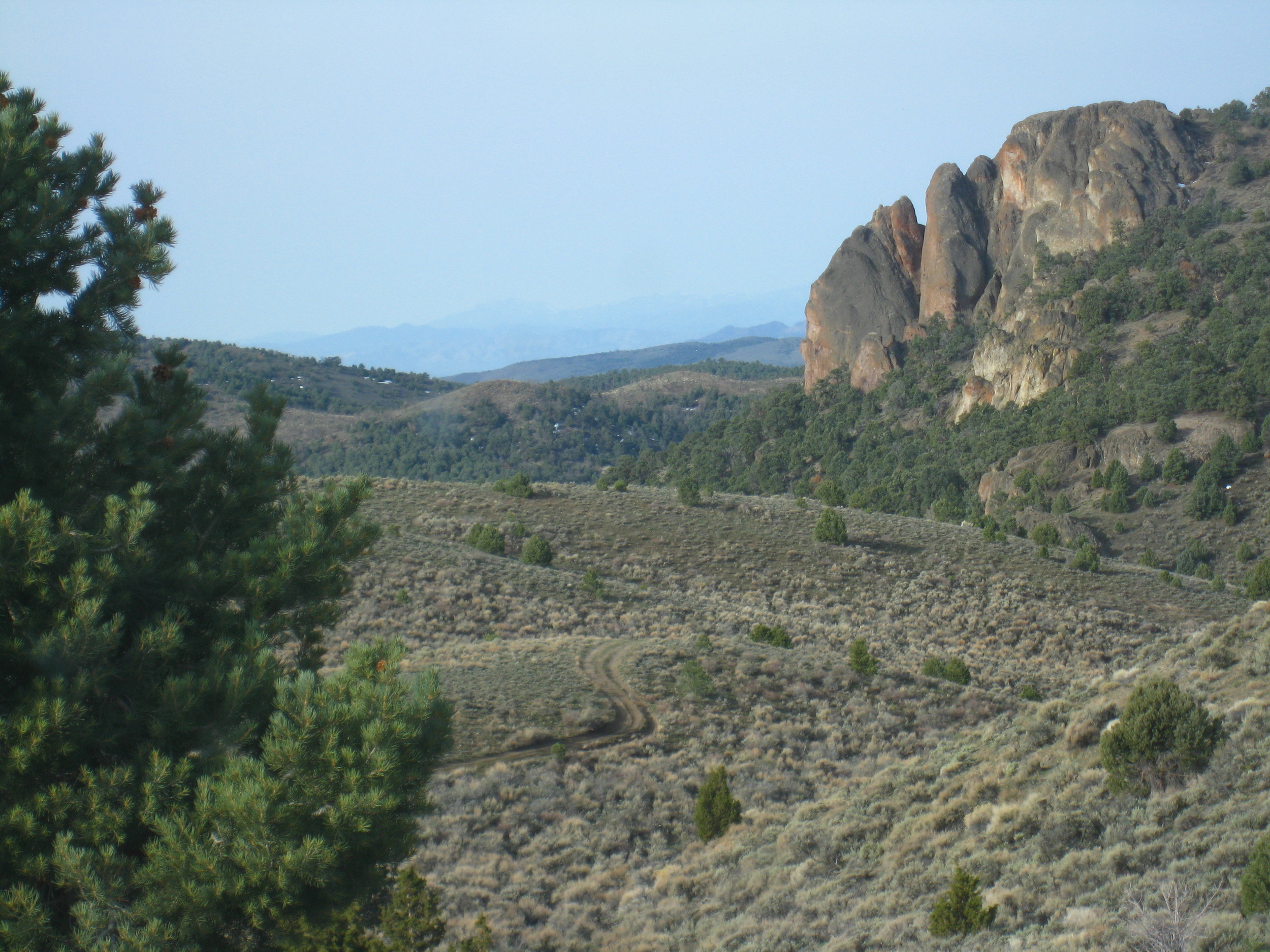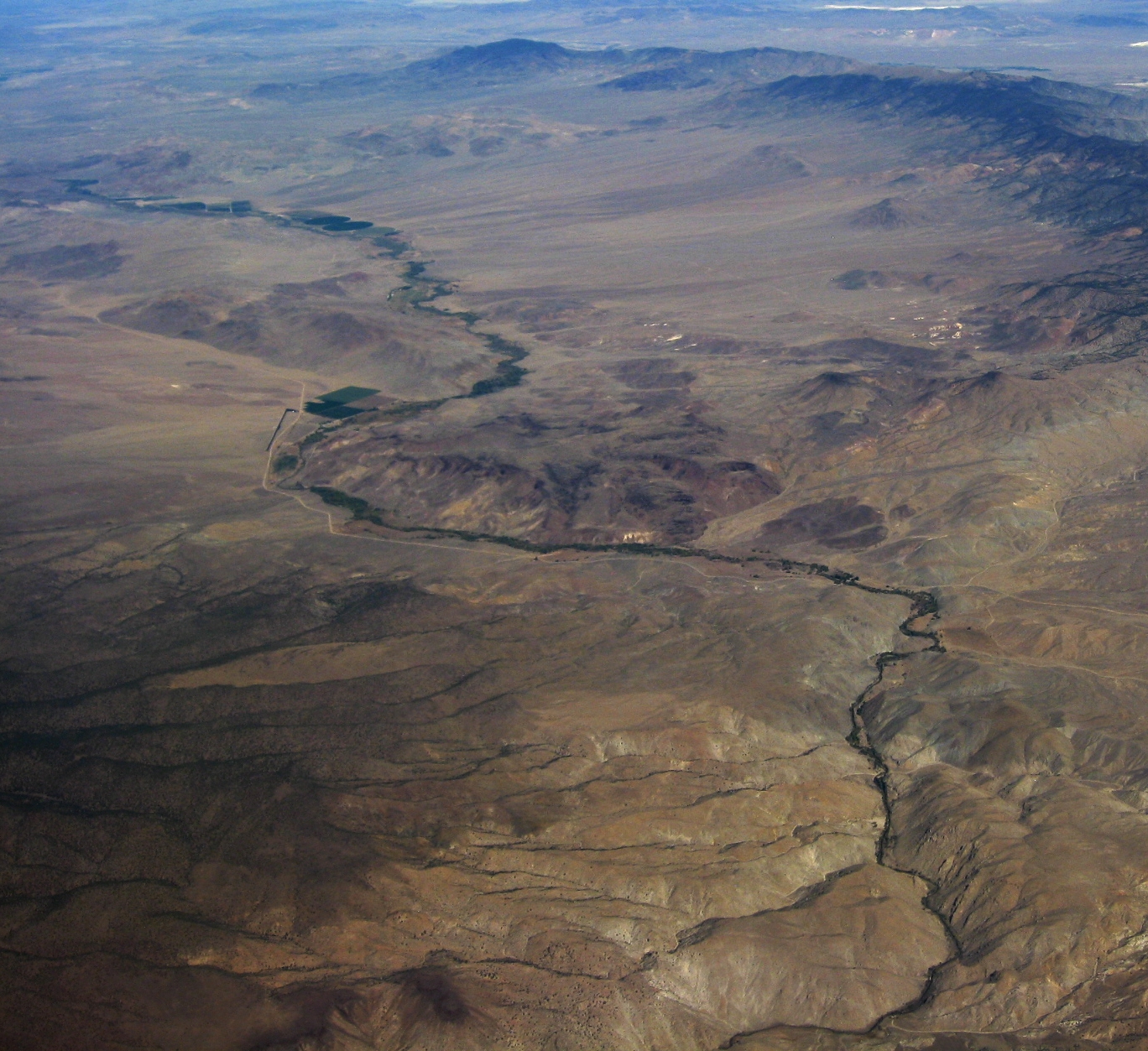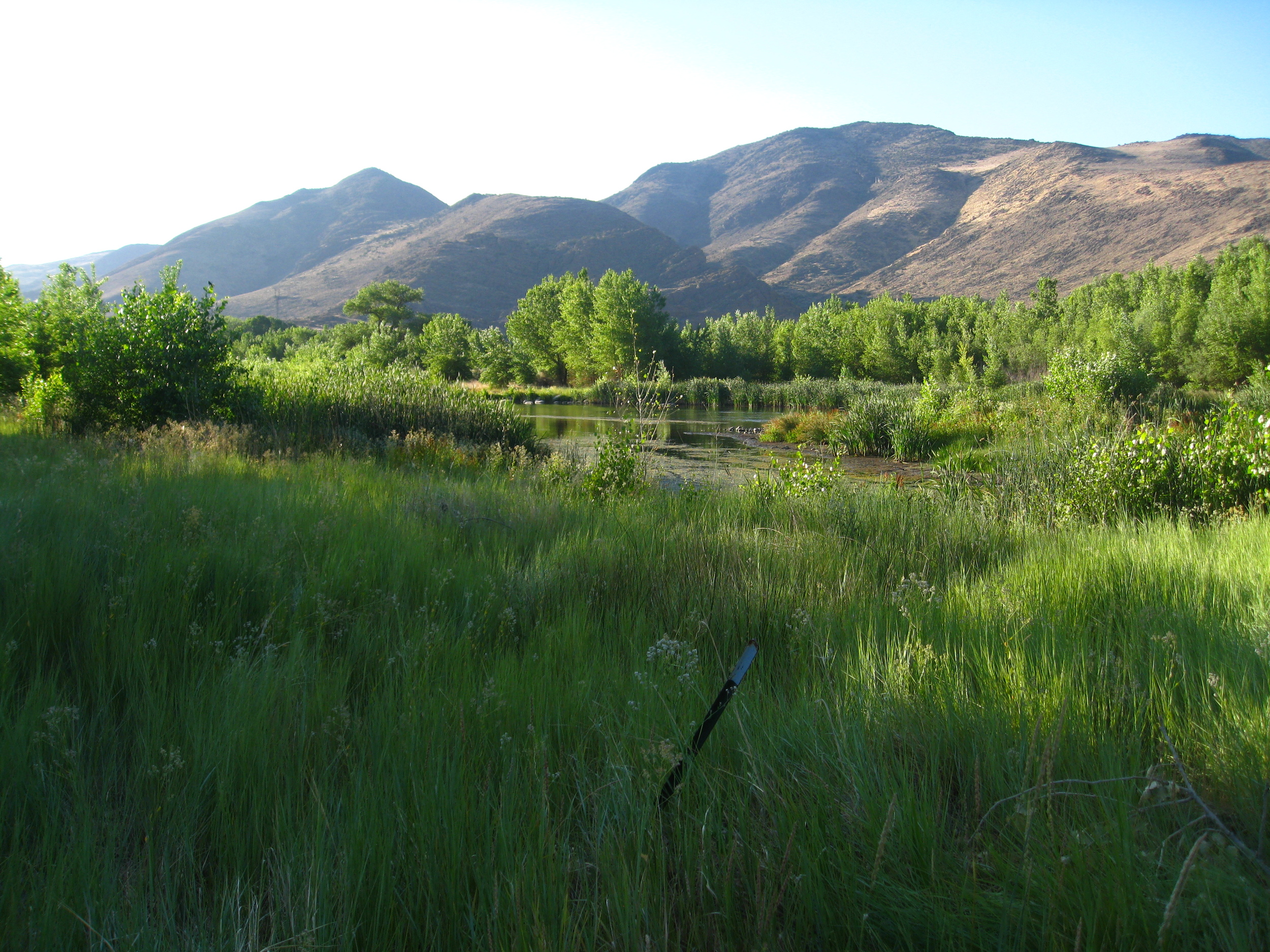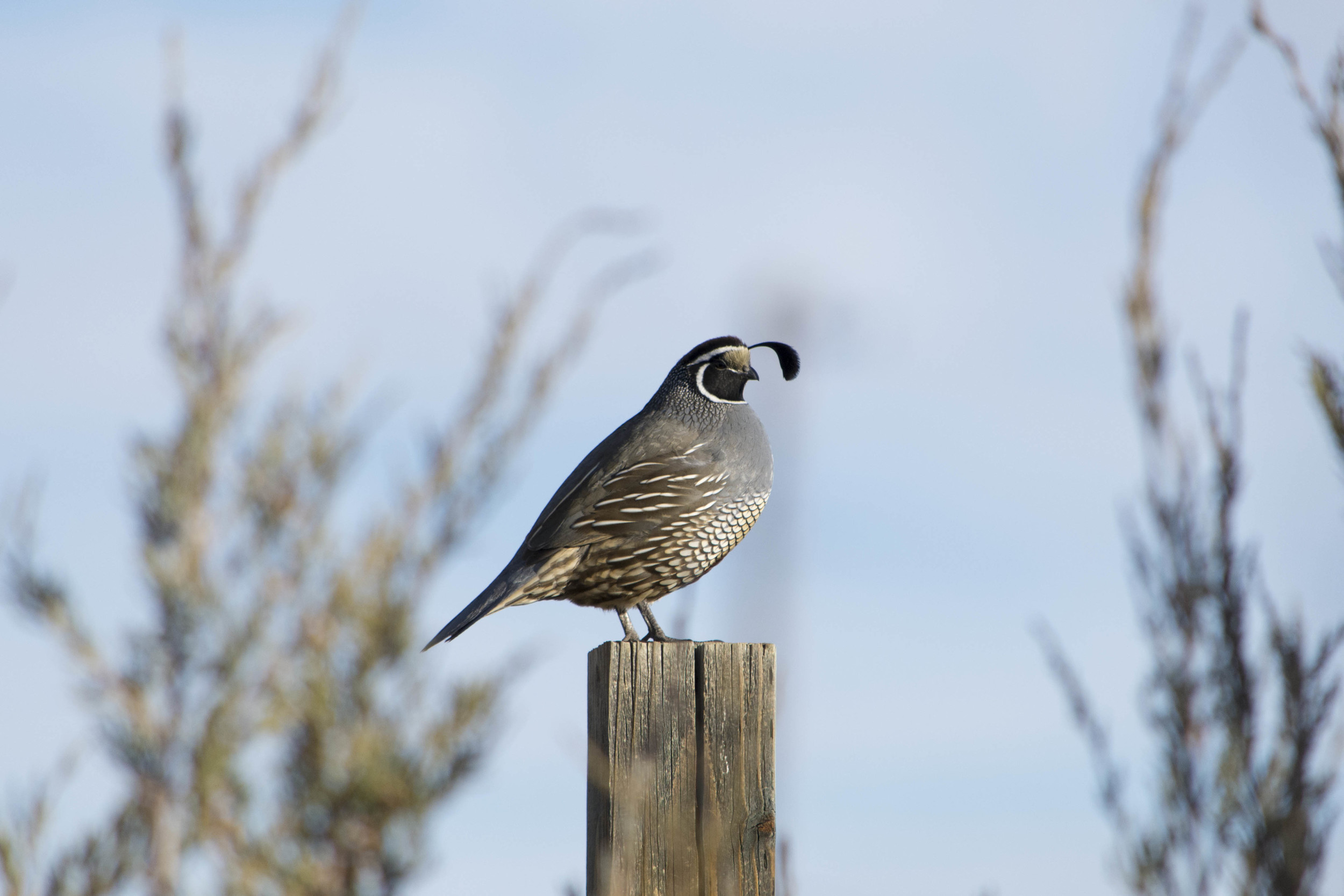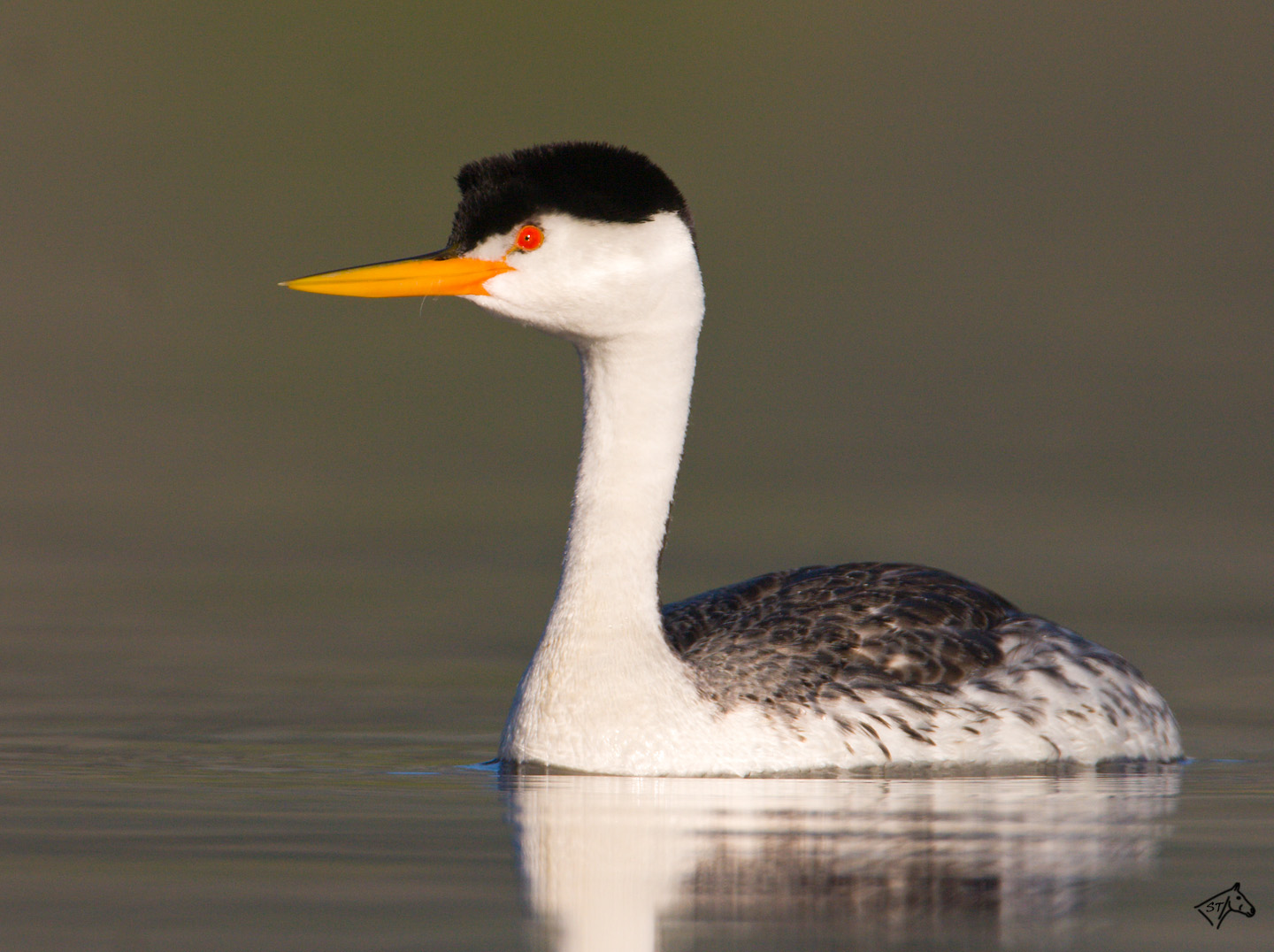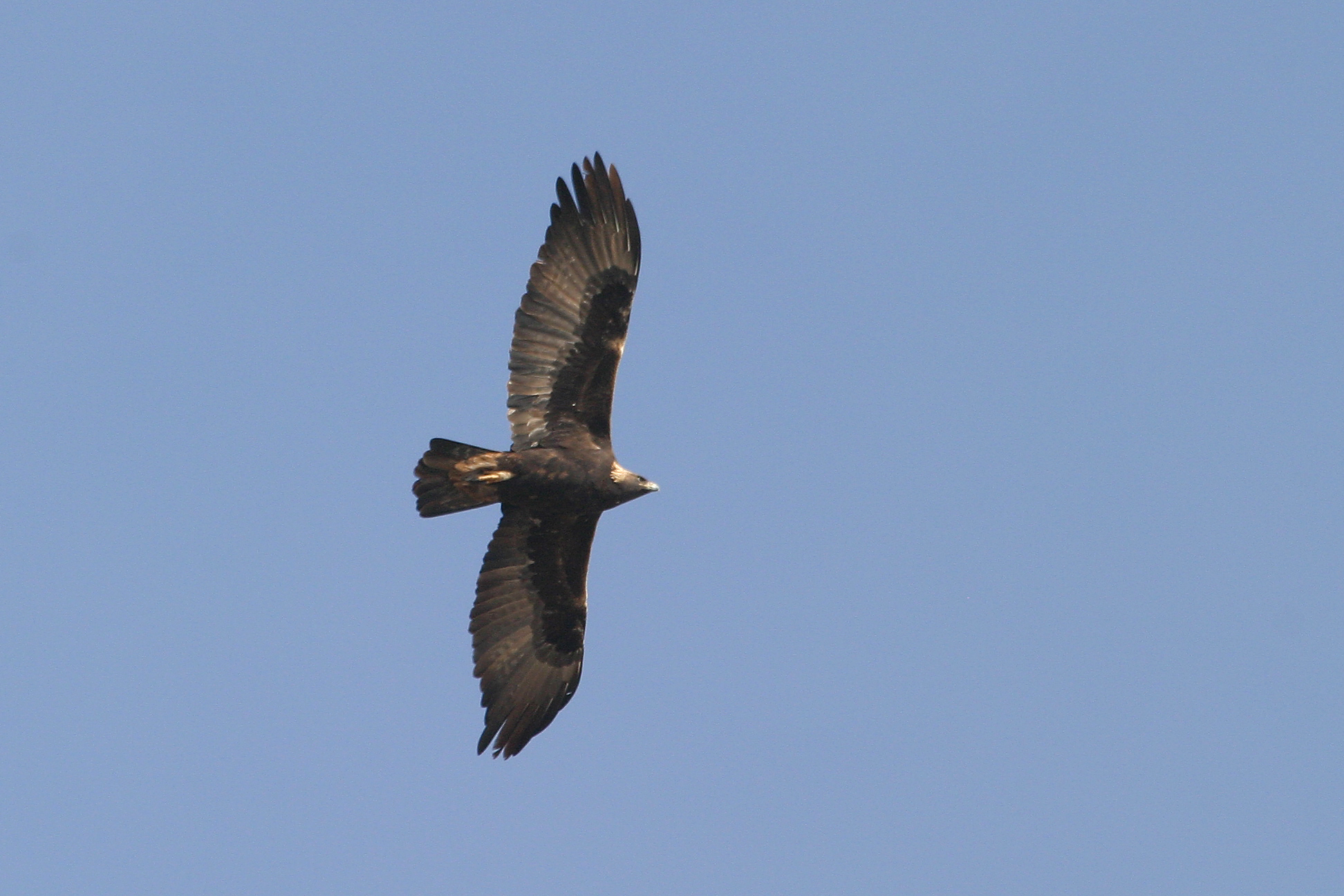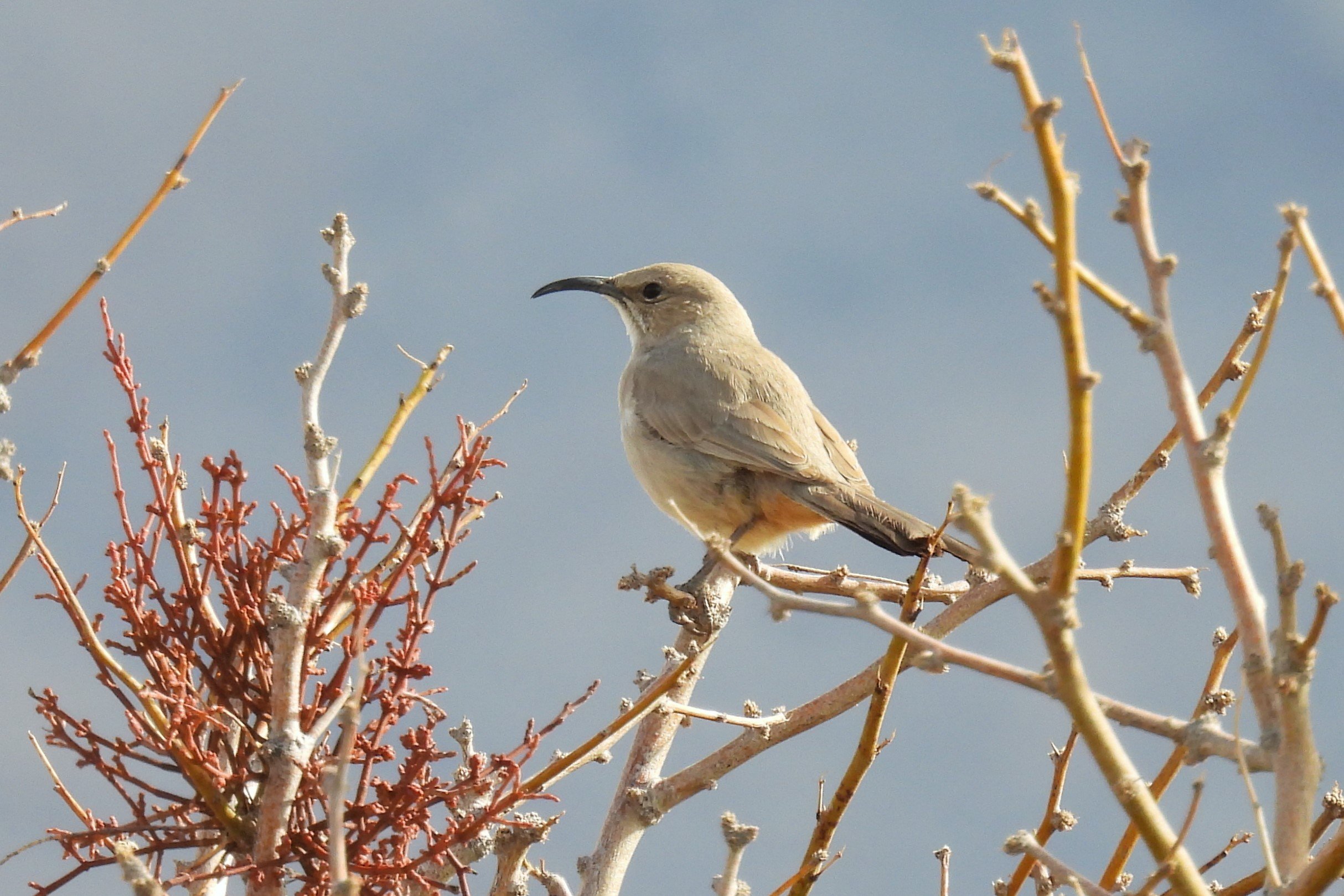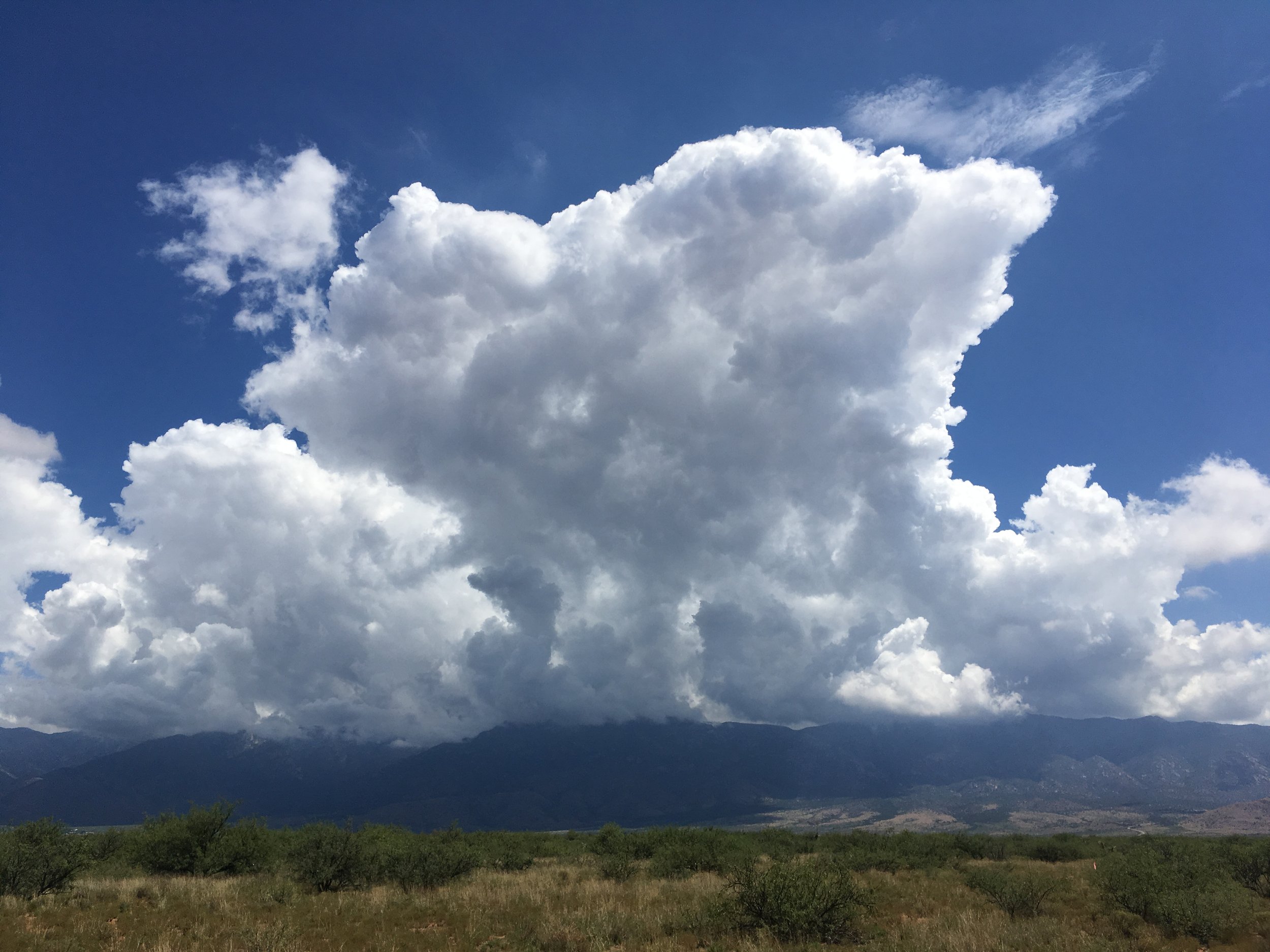Did You Know?
Phalaropes spin on the water surface to create a vortex that draws up aquatic invertebrates that they eat.
GBBO has been monitoring migrating waterbirds of Nevada’s western terminal lakes since 2012 to assess each lake’s suitability for fish-eating birds and those that feed on invertebrates under different climate conditions. With funding from the U.S. Bureau of Reclamation through the USFWS Lahontan Fish Hatchery Complex, we have started to tease out the lakes and conditions that are most suitable for various groups of migrants. For example, Common Loons have begun to make increasing use of regional reservoirs as Walker Lake is turning too saline to support small fish, and Pyramid Lake is now a regional stronghold for supporting fish-eating waterbirds during migration.
From the Nevada Department of Wildlife’s historic data on waterfowl, we were also able to pinpoint the lakes that provide the most important resources for migrating ducks in drought conditions. We found that ephemeral lakes that only fill up during wet years provide habitat for waterfowl in those years, but the largest terminal lakes that provide large enough targets with reliable food resources for a migrating duck supported the largest duck populations during droughts.
Our recommendations from this study focus on developing a regional terminal lakes management plan using the tools provided by USFWS’s scenario planning approach. This approach allows for seeking specific water allocations for various lakes and wetland complexes based on external factors, such as drought cycles, political pressures and other water users, in order to maximize the conservation outcome for birds.

